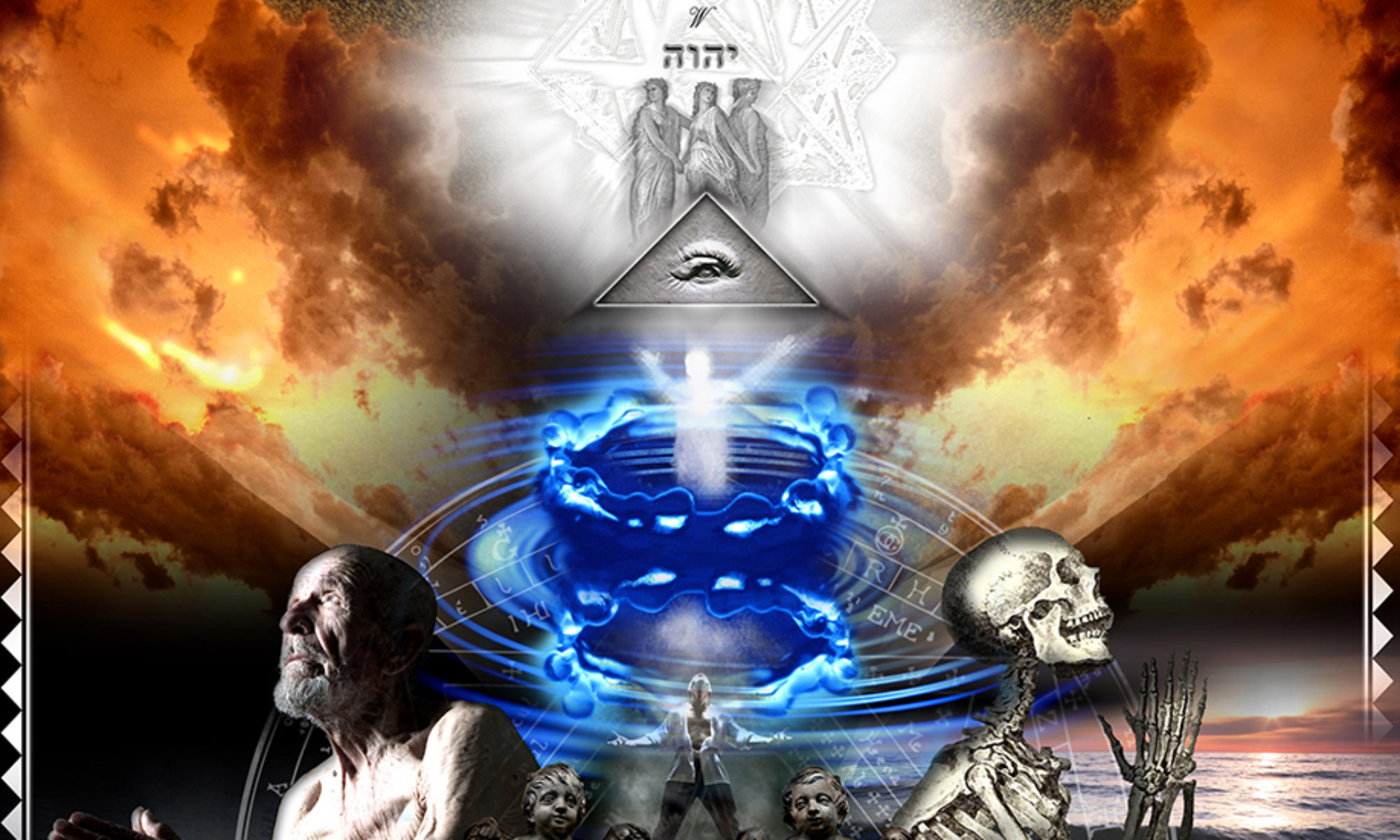Masonic Traveler, 2010
Digital Illustration
Gregory B Stewart
The cover art for the 2010 book Masonic Traveler: Under the Shadow of Jehovah’s Wing.
This work is a composite of sorts that combining a variety of digital images both found and created through the medium of Photoshop. While other works have included an element of deeper meaning, this illustration functioned more in the literal sense in conveying the context of the work.
When the book was published, it was its own passion project featuring a collection of essays on Freemasonry.
The book, from its description, is self-described as “…a work at a crossroads; the product of nascent alchemy that is the personal expression of study of the highest form of the Western Mystery traditions known as Freemasonry. This work is more than a history book or an evaluation of ancient symbols. Rather it is about the personal journey of becoming a Freemason, studying its nuance, finding and mapping its parallels, and assimilating it into daily life. Included in the work is a consideration of the beehive, the symbolic attribution of the tenants of Faith, Hope, and Charity, and the symbolic meaning behind King Solomon’s Temple, and much more. This work is a journal of a Masonic Traveler.”
On a personal level, this work was my first foray into collecting and publishing written work on Freemasonry. Other works include The Apprentice, Fellow of the Craft, and Master Mason.
Masonic Traveler: Under the Shadow of Jehovah’s Wing available on Amazon.














